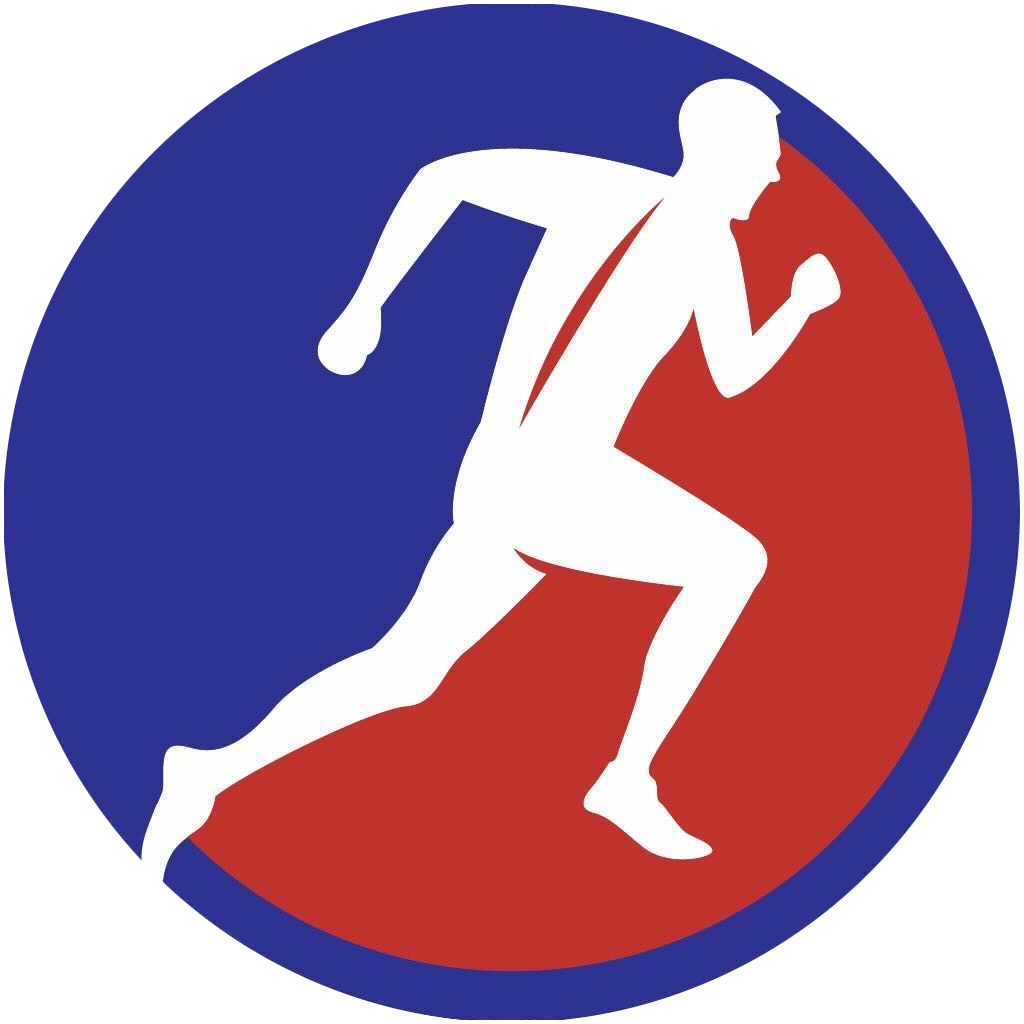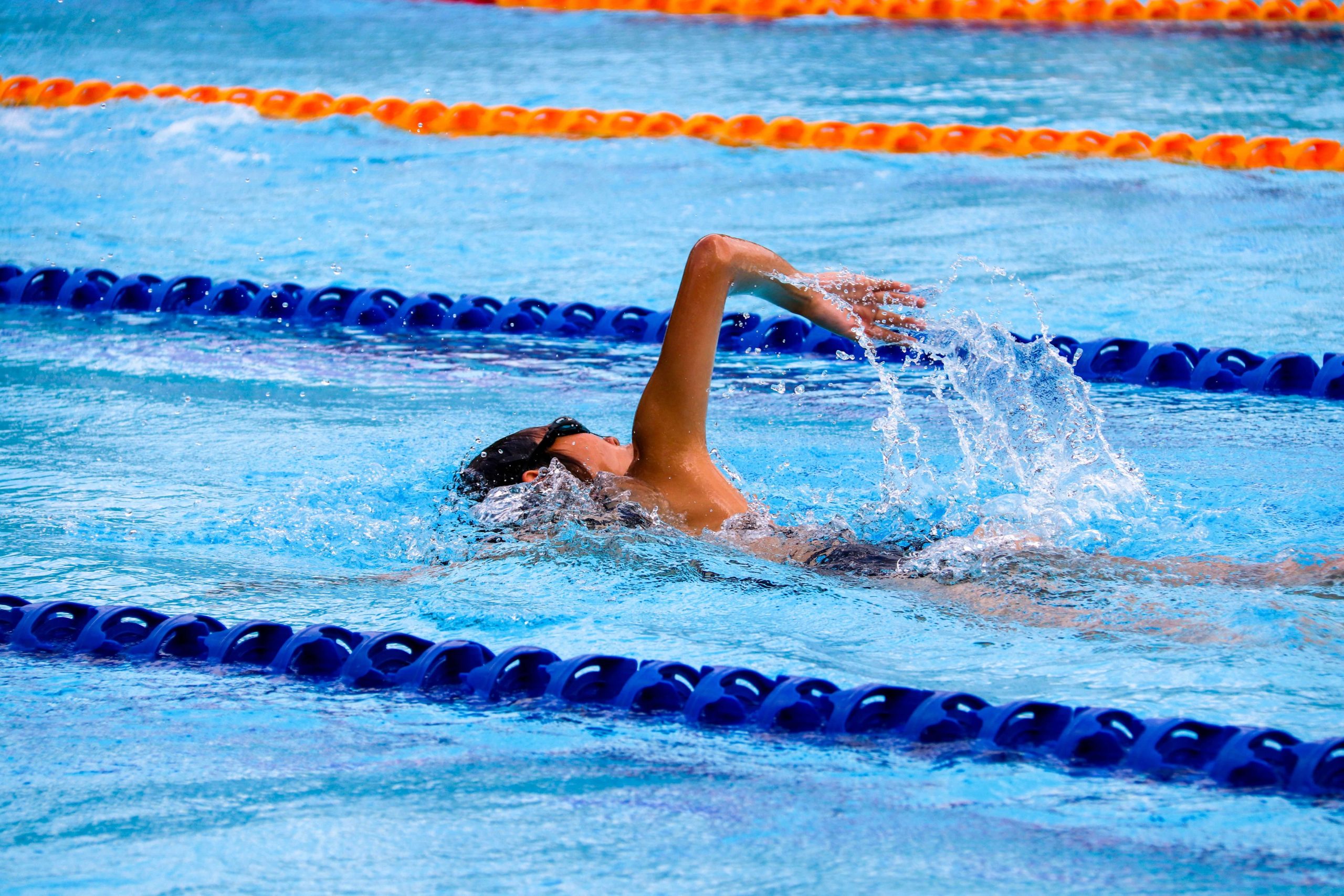Rotator cuff injury is currently one of the most common causes of pain and disability among adults. In fact, almost 2 million US adults seek treatment for rotator cuff issues each year. Unfortunately, this injury weakens your shoulder, which can make even the most mundane activities impossible. This is an injury that can be incredibly debilitating, but that doesn’t mean it can only be treated with surgical options.
At the Center for Sports Medicine and Wellness, we’re dedicated to providing our patients with the least invasive, most advanced treatment. This gets our patients back to their sports or active lifestyle quickly without restricting their ability to be active. As a practice that focuses on sports medicine, we know how important this is to our patients.
Keep reading to learn more about rotator cuff injuries and how our practice treats them.
Rotator Cuff Injury: The Basics
The rotator cuff is a group of muscles with the job of keeping your arm in your shoulder socket. This group of four muscles accomplishes this by attaching the humerus to the shoulder blade. This allows you to lift and rotate your arm.
A rotator cuff injury occurs when one or multiple tendons in the rotator cuff become torn. This means that the tendon is no longer completely attached to the humerus and can affect your ability to move your arm. This condition can be caused either by an injury or slow degeneration over time. In addition to this, a person’s likelihood of developing this injury increases with age.
The most common symptoms of a rotator cuff injury include the following:
- Dull, aching shoulder pain deep in the shoulder that may worsen when the arm is moved away from the body.
- Inability to sleep due to pain or discomfort.
- Difficulty reaching your head, over your head, or behind your back.
- Arm weakness.

Minimally Invasive Treatment Options for Rotator Cuff Injuries
At the Center for Sports Medicine and Wellness, we understand that getting effective treatment and getting back into the game as quickly as possible is important to our patients. This is why we work hard to remain at the forefront of the most advanced minimally and non-invasive treatments for sports injuries. The following are some of the options available to our patients suffering from rotator cuff issues.
Bone Marrow Concentrate (BMC)
Your bone marrow is where your blood is produced. BMC is made by collecting bone marrow aspirate directly from the patient. Bone marrow concentrate is beneficial because it contains high amounts of blood and stem cells. These stem cells are able to create new tissue such as bone, cartilage, fat, and blood vessels, making them able to heal and treat injuries.
Alpha 2 Macroglobulin Injection (PRP)
Alpha 2 Macroglobulin injection therapy, also known as PRP, is a treatment that uses concentrated platelets that are derived from a patient’s own blood. In this treatment, a small sample of the patient’s own blood is drawn from the forearm and spun at a high speed in a centrifuge to separate out and concentrate the platelets. The desired end result of this therapy is a functional repair of an injured tendon, muscle, or joint cartilage, allowing it to bear greater mechanical stress during activity without pain. Alpha 2 Macroglobulin Injection is typically used with other conservative treatments to heal torn tendons, tendonitis, muscle injuries, arthritis-related pain, and joint injuries.
Autologous Stem Cell Injection Therapy (ASCI)
During Autologous Stem Cell Injection Therapy therapy, a small volume of the patient’s bone marrow is extracted and spun at a high rate of speed to separate the mesenchymal stem cells from other blood cells. The concentrated bone marrow is then injected into the targeted joint or tendon followed by some of the patient’s PRP to activate the stem cells to turn into the tissue needed for repair.
Perineural Superficial Injections (PSI)
Perineural Superficial Injections are used to treat inflamed and injured nerves. This treatment is particularly effective for treating patients suffering from chronic nerve pain as a result of trauma, arthritis, sports, overuse, occupational, or surgical injuries. It treats these issues by injecting a substance around skin nerves to reduce neuropathic inflammation and pain. This nourishes and resets nerds, relieving or eliminating pain and restoring mobility. This is a safe, non-surgical, and minimally invasive treatment.
Ultrasound-Guided Nerve Hydrodissection
Ultrasound-Guided Nerve Hydrodissection is typically used to treat peripheral nerve entrapments, a condition in which nerves are compressed or restricted as a result of surrounding anatomic structures, trauma, injury, overuse, or scar tissue from surgery. Using fluid, this procedure releases the entrapped nerve from surrounding muscles or scar tissue. This procedure is an alternative to open surgery for some patients.
Get Non-Surgical Rotator Cuff Injury Treatment in Delaware County
At the Center for Sports Medicine and Wellness, Dr. Shiple and Dr. Kephart are committed to providing our patients with the most effective and advanced non-operative and minimally invasive treatments.
Our doctors are authorities in non-operative orthopedic sports medicine and minimally invasive treatments. These treatments have been proven to have high effectiveness for many types of conditions and sports injuries. We are one of Delaware County’s premier practices for non-operative and minimally invasive sports medicine treatment.
If you’ve sustained a sports injury and are looking for a treatment that can get you back in the game with minimal downtime, contact us to learn more about our services or contact us to schedule an appointment by calling our office in Glen Mills, Pennsylvania, at (610) 459-4200 or filling out our form. We welcome your inquiry and we look forward to helping you find relief from your pain!

